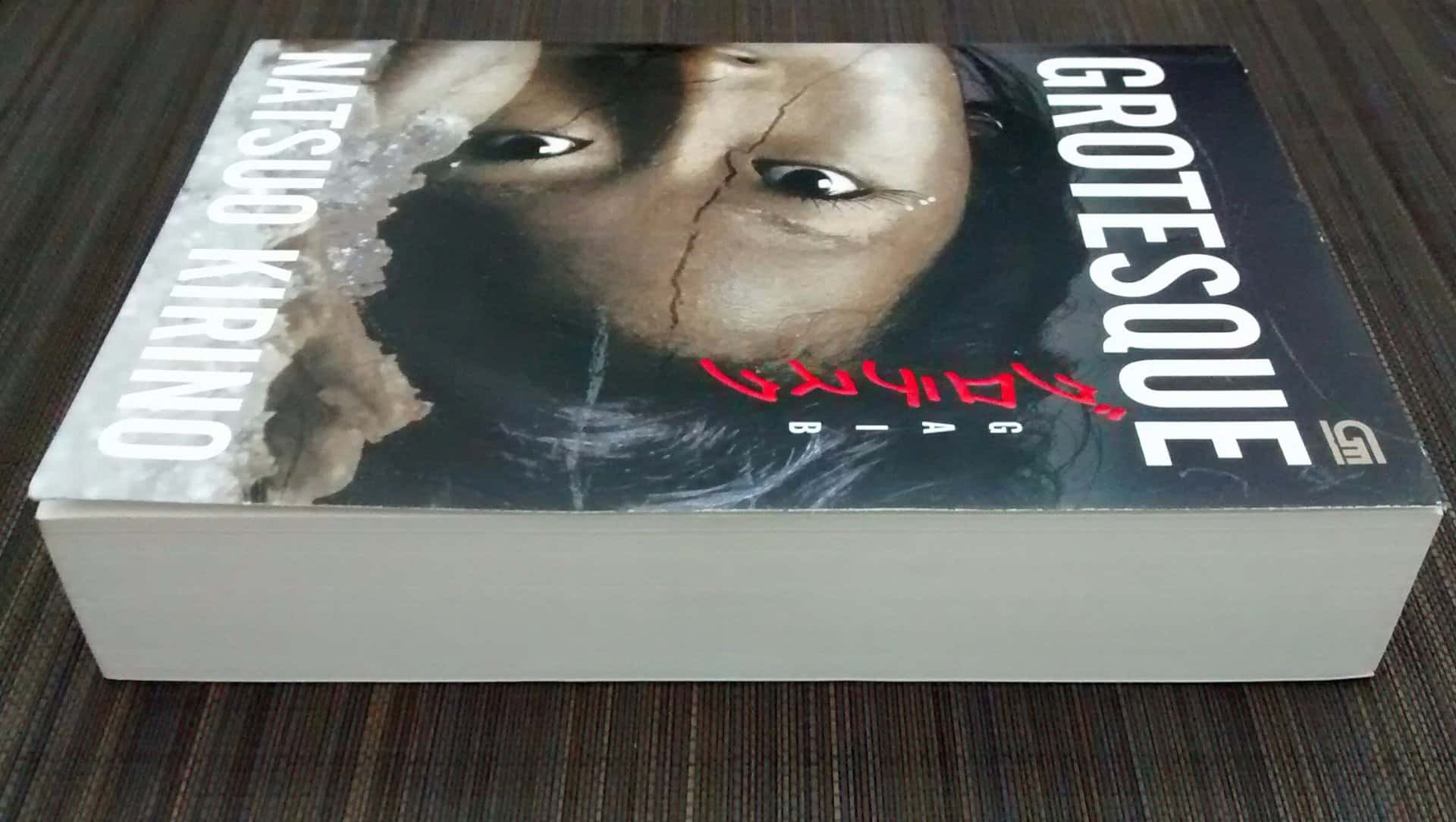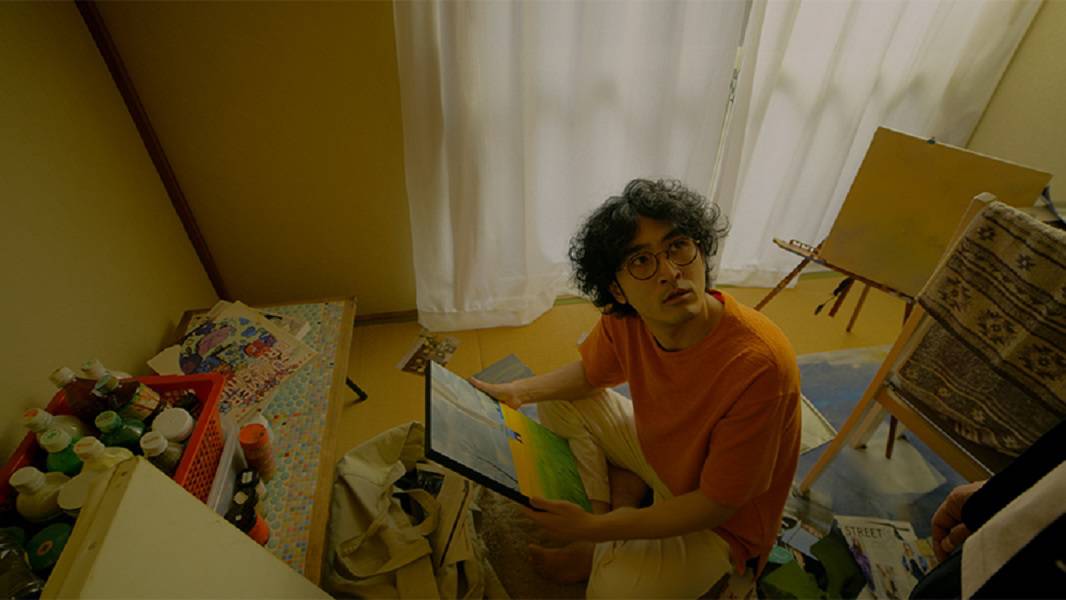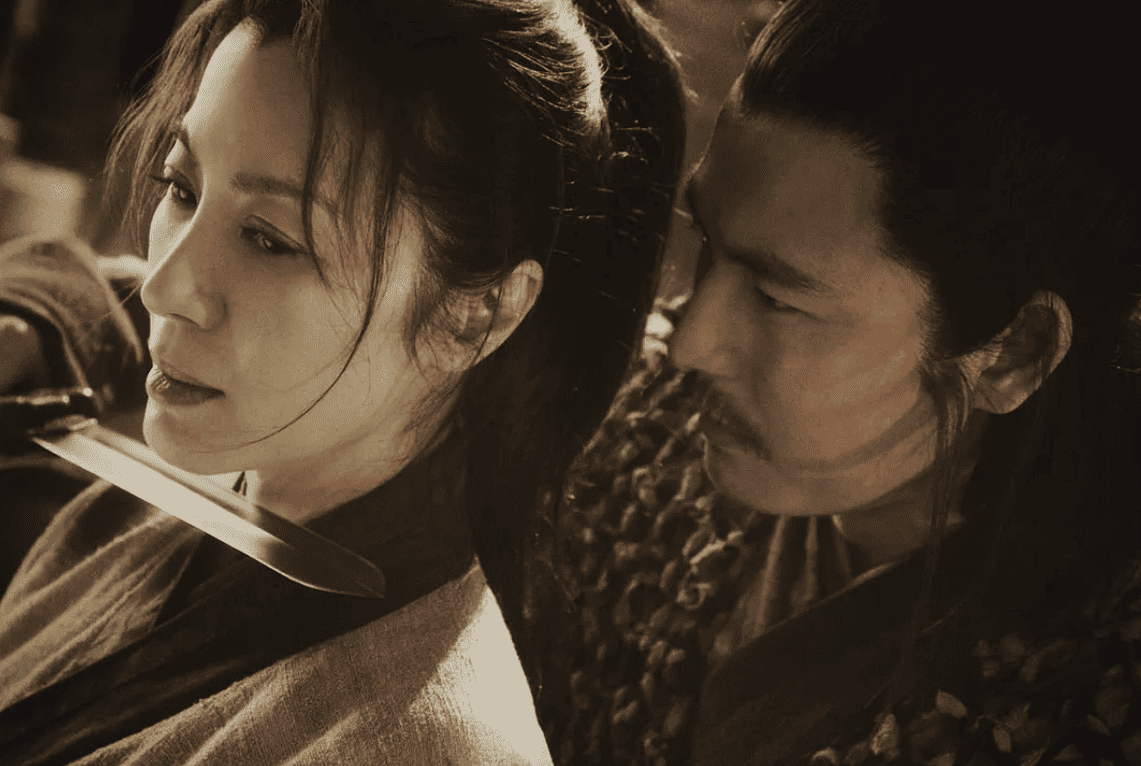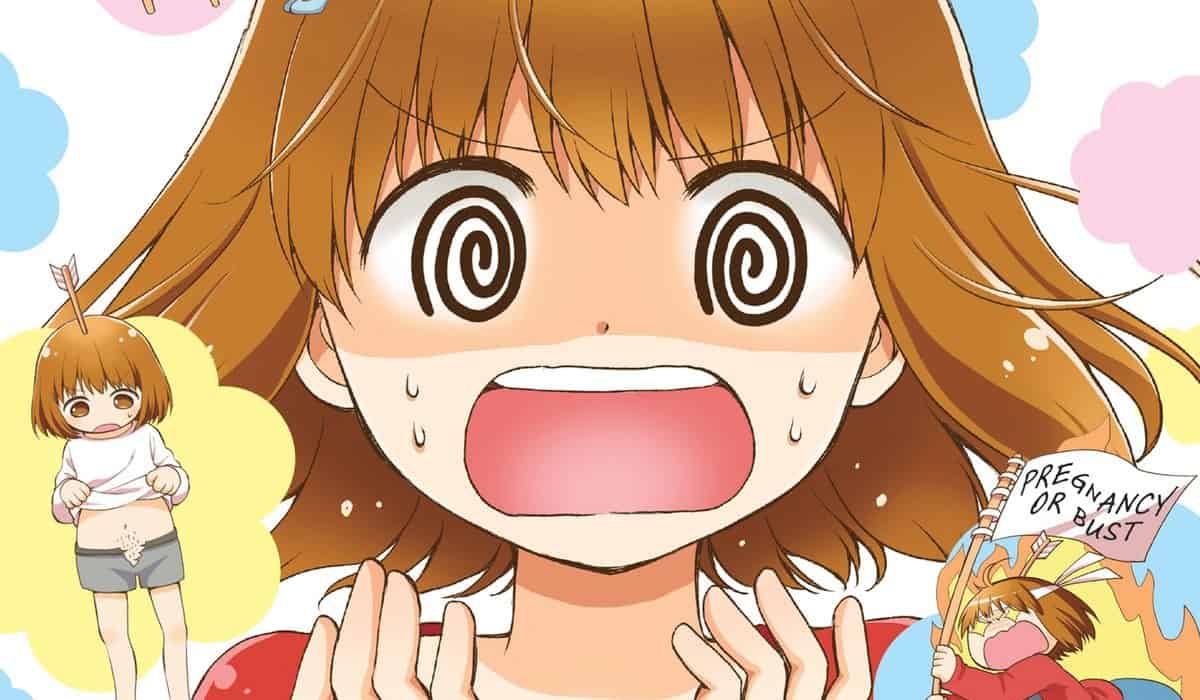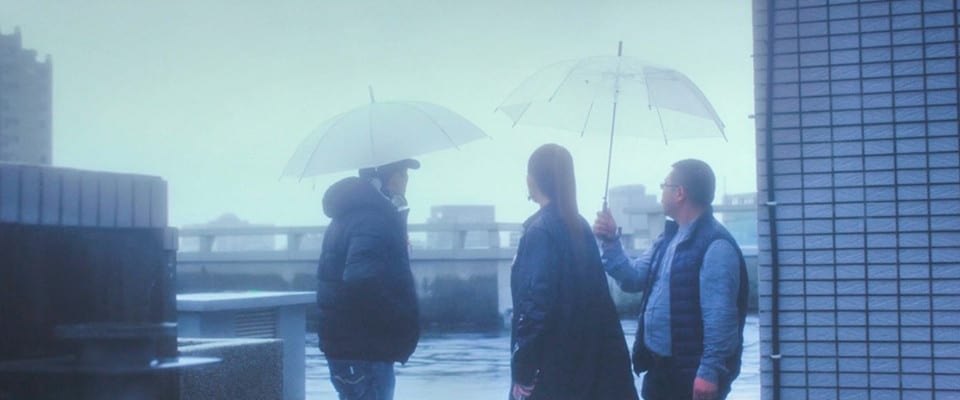Among the various reasons there are for watching a movie, I have a very peculiar one to add as regards to this one. Critics rating in Rotten tomatoes is 83% fresh and user rating is 59% rotten. It was my chance to see on which side of the spectrum I belonged on this one. I was curious to know how a movie with such divergent opinions made me feel. And viewing was an experiment in that direction.
House of Bamboo will screen at Japan Society

It was one of the early Hollywood movies shot in an Asian country. Arms and ammunition get stolen from a military supply train to Kyoto. A criminal gang is suspected to be in possession as one of their gang members gets shot and dies is police custody. Eddie, a friend of the deceased comes from the States to make enquiries. He infiltrates the gang headed by Dawson, which is predominantly American and participates in heists. Tokyo police is on the lookout for these criminals. The movie revolves around how, with the help of Eddie and Mariko (who acts as a Geisha), the gang is brought to justice.

The deadpan face of Eddie played by Robert Stack, for most part of the movie is disappointing. It may have been quite a thing in the day, but robs the film of a good acting performance. Robert Ryan though, had a lot more to offer as the leader of the criminal outfit. The Japanese cast mainly serves as props except for Mariko played by Shirley Yamaguchi, who depicts the life of a Geisha. It was just another Hollywood crime movie made in a foreign location, in this case Tokyo, Yokohama and the Japanese country side. Japanese names and places are used with a little bit of culture thrown in, though missing the critical Japanese allure. English subtitles for the Japanese dialogues would have helped get more insights into the community.
The sets are beautiful and show Japan as a vibrant and exotic locale. Mount Fuji appears in the background of some scenes and shows its appeal to the foreign eye. It is a very good time to capture Japan of the fifties and the credit should go to the DOP Joe Macdonald and the art direction of Lyle R Wheeler and Addison Hehr.
And to answer the question of on which side I am leaning as to the impact of this movie, I would say it is the Rotten Tomatoes users more than the critics. “House of Bamboo” may look pretty, does not do justice to Japanese language, people and culture.



